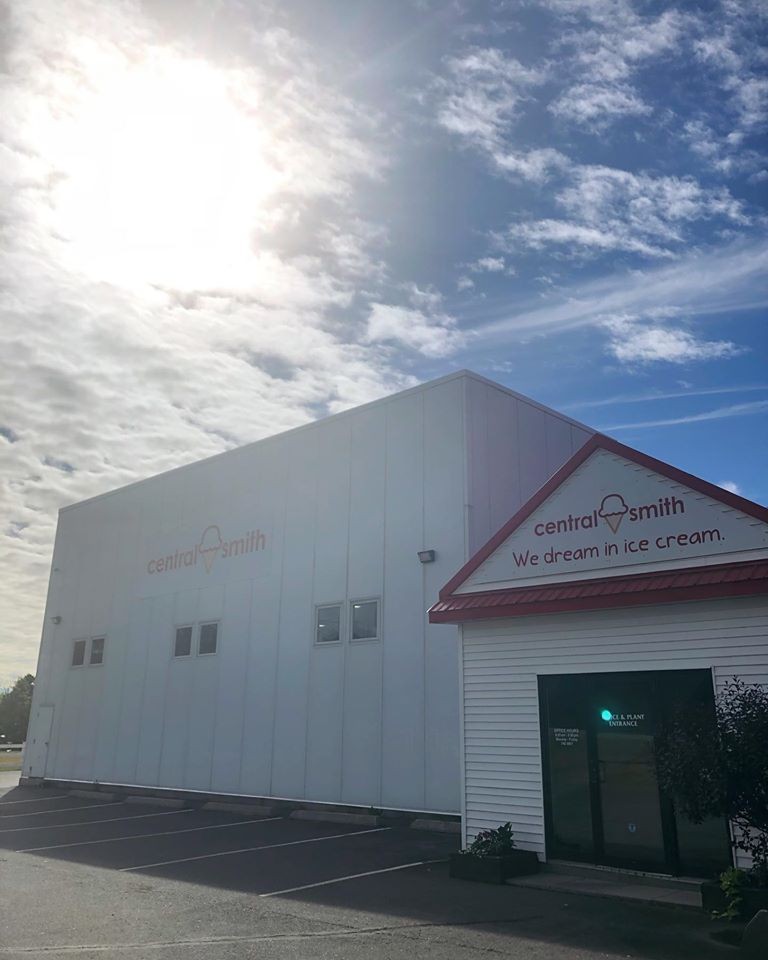Thermal bridging is a hidden way that many commercial and industrial buildings waste energy. It occurs when heat transfers from one side of a wall to the other, typically through conductive materials such as the studs, fasteners, or joints in a wall. By bypassing the insulation, the entire thermal envelope is compromised, which can lead to higher energy costs, even if you’ve employed a high-quality insulator, such as those found inside the best insulated panels.
To help you avoid the type of thermal bridging that can lead to higher electricity bills and rapid temperature fluctuations, this guide explains the most effective ways to prevent thermal bridging with insulated panel installations.
Why Is Thermal Bridging Such a Big Problem?
Before we dive into the ways you can avoid thermal bridging with proper insulated panel installations, it’s worth taking a moment to explain why it can be such a costly issue for so many businesses.
Increased Energy Costs
Over time, even small thermal gaps in a wall can add up to serious energy cost increases. When heat can transfer from one side of a wall to the other, it forces your HVAC and refrigeration systems to work much harder. Whether it’s a commercial office or a cost storage facility, the harder your climate control systems have to work, the more expensive your utility bills will be.
Natural Resources Canada has highlighted how inefficient building envelopes can be one of the leading causes of energy waste in both the residential and commercial sectors. By avoiding gaps in your insulation and thermal bridging points, you can reduce this wasted energy and associated costs.
Higher Mould and Condensation Risks
Not only do thermal bridges force your HVAC system to work harder, but these insulation gaps can also create the types of hot and cold spots where condensation forms. This can damage inventory and equipment and lead to corrosion, mould, and serious hygiene issues.
Decreased Comfort and Temperature Consistency
Uneven temperatures make it harder to maintain a controlled environment for staff, stored inventory, and specialized equipment. By reducing thermal bridges, it becomes much easier to maintain a consistent temperature throughout your property. Whether your primary concern is simply maintaining a comfortable environment for everyone or you have temperature-sensitive crops within an indoor growing facility, temperature consistency is crucial.
How Insulated Panels Can Reduce Thermal Bridging
Due to their prefabricated nature and even insulation, insulated metal panels (IMPs) act as a continuous envelope that can outperform traditional, multi-part walls. Here’s why IMPs are so effective at preventing the issues caused by thermal bridging:
They Offer Continuous Insulation
With insulating cores that cover the full length and width of the panel, IMPs reduce paths for heat transfer compared to standard wall materials. Even when they are professionally installed, insulation rolls and foams often have small gaps that allow heat transfer.
Non-Porous Surfaces and Seamless Joints
The best panels have tongue-and-groove connections that allow them to be aligned perfectly. This helps eliminate the types of gaps that allow air and heat to pass through them. They also do not need the same studs and joints as traditional walls, which helps further reduce thermal bridging.
Precise and Customizable R-Values
Insulating wall panels are available in a variety of thicknesses, allowing you to select the exact level of insulation your structure requires. Knowing that the entire wall will have a set R-value means you get precise insulation that is free from the types of gaps that can allow heat to escape.
For spaces with exact climate control requirements, high-quality IMPs can give you a level of control that other options can’t match.
Reduce Thermal Bridging with Correct Installation
Even the best panels require proper installation. While you should always follow the manufacturer’s instructions, there are a few general steps you should follow.
Ensure Airtight Connections
Prevent gaps between the panels by using the correct trims and ensuring the panels fit snugly together.
Choose the Correct Panels
Ensure the panels you have selected have the correct dimensions and R-value to meet your needs. The best panels are customizable and offer precise and continuous R-values across their entire surfaces. Understand your needs and order correctly.
Use the Correct Fasteners
While many of the best IMPs are designed for straightforward installation, it’s essential not to mix and match fasteners and connectors. Only use what the manufacturer provided.
Choose ISOWALL Insulated Wall Panels
Structural Panels Inc. is one of the only Canadian manufacturers of insulated metal panels. Not only are they 100% Canadian-owned and operated, their ISOWALL Fire-Rated and Insulated Wall Panels are amongst the best options on the market today.
They are specifically engineered to minimize thermal bridging and withstand the structural demands of a huge range of industries. And their expanded polystyrene EPS core offers an incredible R-value of 4.1 per inch, with thicknesses of 2” – 10” available.
Beyond their impressive thermal performance, their uniform steel facings provide a sanitary and durable surface, which meets CFIA standards for food processing facilities. They’re also incredibly easy and fast to install, helping to reduce downtime and labour costs.
With added noise reduction and fire resistance features, they add a huge range of performance advantages over traditional building materials. Choose from a variety of colours and trims to match your requirements or blend into your existing structure.
Ready to Say Goodbye to Thermal Bridging?
Thermal bridging is an unseen process, but it can have a significant impact on your building’s overall energy efficiency and temperature controls.
By choosing the best insulated panels from a trusted Canadian manufacturer, you can reduce energy costs and have a wall system that is built to last. If you’re ready to say goodbye to energy loss, contact Structural Panels Inc. today.
